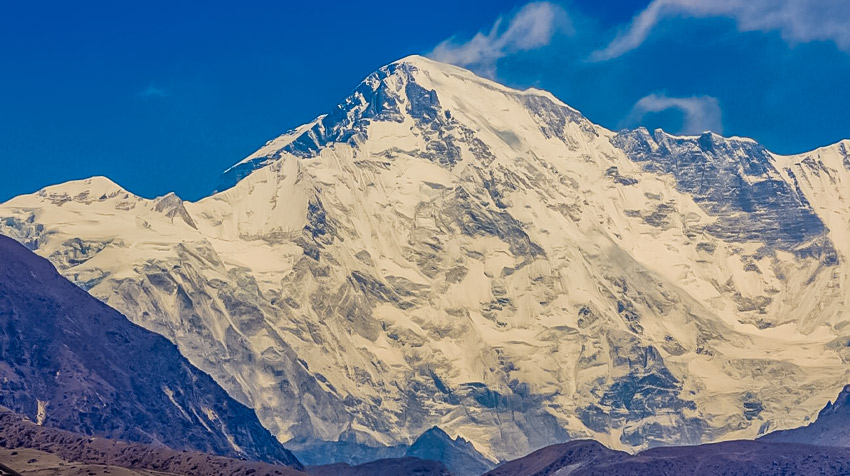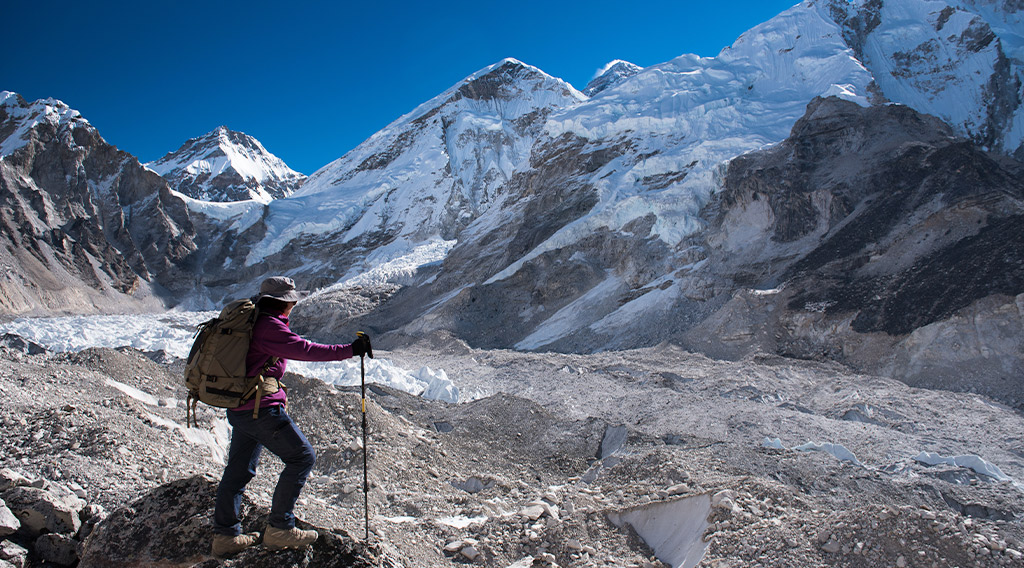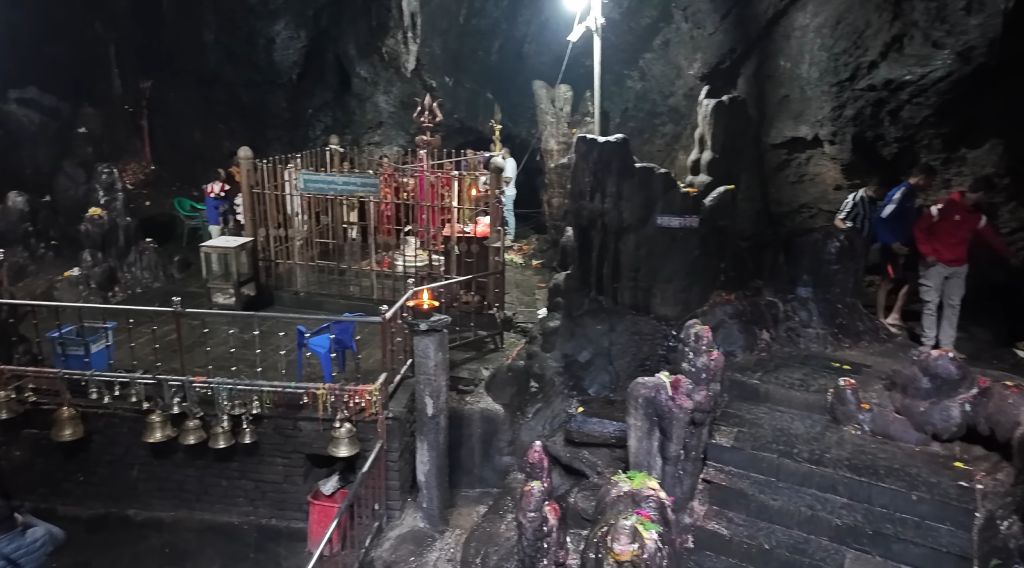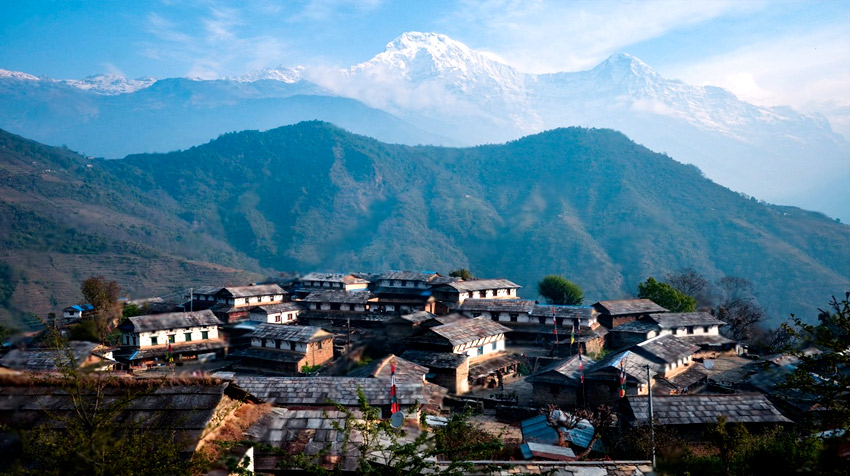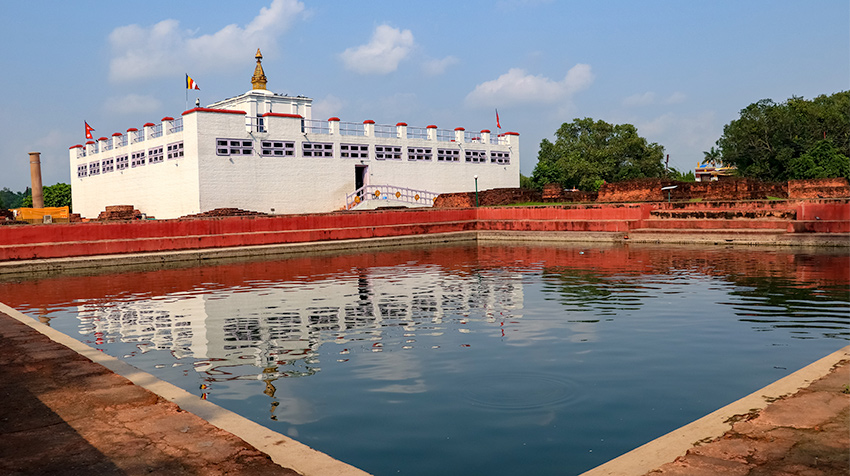Mount Everest: The World's Highest Mountain Peak
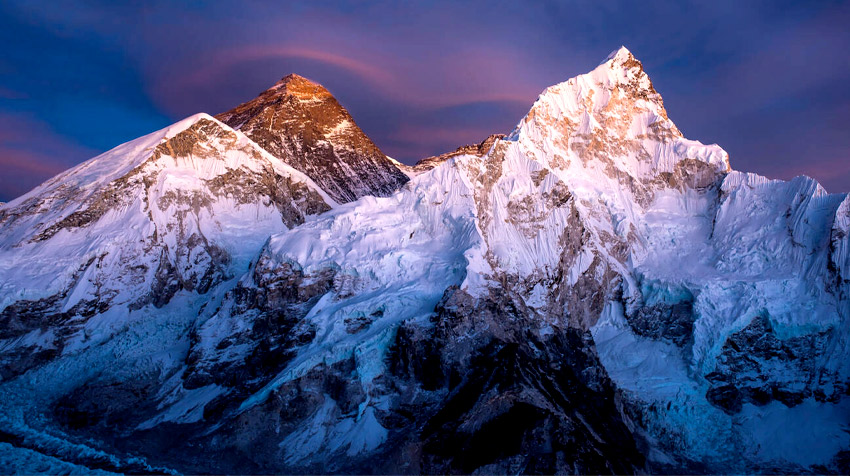
Mount Everest, known in Nepali as Sagarmatha and in Tibet as Chomolungma, is the highest mountain peak on Earth. These names hold deep cultural and spiritual significance. 'Sagarmatha' translates to 'Goddess of the Sky' in Nepali, reflecting the mountain's status as a sacred place. 'Chomolungma' means 'Mother Goddess of the Earth' in Tibetan, emphasizing the mountain's spiritual importance. Towering at an awe-inspiring 29,032 feet (8,848 meters) above sea level, this majestic giant is part of the Himalayan range in Asia, straddling the border between Nepal and the Tibet Autonomous Region of China.
Ascending to a staggering 29,032 feet (8,848 meters) above sea level, Mount Everest is a true testament to the might and allure of nature. The sheer magnitude of this peak is enough to humble even the most seasoned climbers, who confront extreme weather conditions, rugged terrain, and scarce oxygen levels. The arduous journey to the top of Everest is a stark reminder of the mountain's power and the limits of human endurance.
Mount Everest's appeal extends beyond its physical grandeur to its rich history and cultural importance. The Sherpa people, who have made the region surrounding Everest their home, hold a profound reverence for the mountain. They view it as sacred, embodying resilience, strength, and the indomitable human spirit. Their bond with Everest is a testament to the profound human-nature relationship we should all honor and appreciate.
Everest's summit has witnessed triumph and tragedy in equal measure. The mountain has been the site of numerous successful ascents, each a testament to human courage and determination. However, it has also seen its share of heartbreak, with climbers losing their lives in their quest for the top. The mountain's unpredictable nature, as climbers navigate crevasses, avalanches, and erratic weather patterns, is a stark reminder of the power and unpredictability of the natural world. These stories of triumph and tragedy underscore the immense challenges and risks of climbing Everest, invoking a sense of awe and respect for the mountain's power.
While Mount Everest holds a special place in the hearts of adventurers and mountaineers, it is also a beacon of hope and inspiration for people worldwide. Its towering presence reminds us of the boundless possibilities that await those willing to take on seemingly impossible challenges and push beyond their limits.
A Brief History

Everest's English name honors Sir George Everest, a British surveyor general of India in the 19th century. The peak was first summited on May 29, 1953, by Sir Edmund Hillary of New Zealand and Tenzing Norgay, a Sherpa of Nepal. Their successful ascent, a monumental achievement in the history of mountaineering, brought global attention to the mountain and opened the door for countless adventurers and mountaineers. This historic event marked a turning point in the exploration of Everest and inspired generations of climbers to follow in their footsteps.
Geology and Formation
Mount Everest was formed around 60 million years ago when the Indian and Eurasian tectonic plates collided. This collision pushed the Earth's crust upwards, creating the towering Himalayas. Interestingly, Everest continues to rise at about 4 millimeters per year due to ongoing tectonic activity. The mountain primarily comprises sedimentary and metamorphic rocks, with the summit area consisting of black shale and limestone. The unique geology of Everest contributes to its challenging climbing conditions, with loose rock and unstable terrain posing additional risks for climbers.
Climbing Mount Everest
Climbing Mount Everest is a formidable challenge that tests the limits of human endurance. The mountain is notorious for its extreme weather conditions, including hurricane-force winds and temperatures that can plummet to -60°C (-76°F). The 'death zone,' which begins above 8,000 meters (26,247 feet), is challenging. In this zone, the lack of oxygen is so severe that it can lead to life-threatening conditions like high-altitude pulmonary edema (HAPE) and high-altitude cerebral edema (HACE). Climbers must carefully manage their oxygen supply and acclimatize to the altitude to avoid these dangers.
Despite these dangers, climbers worldwide flock to Everest each year. The two main routes for ascent are the South Col route from Nepal and the North Col route from Tibet. The South Col route, also known as the Southeast Ridge, is the most popular route taken by the first successful summit team in 1953. It presents unique challenges, from the treacherous Khumbu Icefall, a constantly shifting glacier, to the steep Lhotse Face and the notorious Hillary Step. The North Col route, also known as the Northeast Ridge, is less crowded but more technically challenging, with the sheer North Face posing a significant obstacle.
Environmental Concerns
The increasing number of climbers has led to significant environmental concerns. The mountain is often littered with discarded gear, oxygen bottles, and other waste. All of us must understand and act upon the importance of preserving Everest's environment. Efforts are being made to clean up Everest, including initiatives by the Nepalese government and various non-profit organizations. Climbers must now bring back all their waste, and non-compliance penalties exist. We all have a role in this preservation, making the audience feel responsible and motivated to contribute.
Cultural Significance
Mount Everest holds deep cultural and spiritual significance for the local Sherpa people, who consider it a sacred mountain. The Sherpas have been invaluable to the climbing community as guides and porters for Everest expeditions. Their unparalleled knowledge of the terrain and high-altitude expertise have saved countless lives.
Conclusion
Mount Everest is more than just the world's tallest peak; it symbolizes human ambition, perseverance, and the unyielding spirit of exploration. As we strive for new heights, it is crucial to remember the mountain's fragile environment and the cultural heritage of the people who call it home.
Whether you dream of summiting Everest or admire its grandeur from afar, this iconic mountain will always stand as a testament to the power and beauty of nature.


